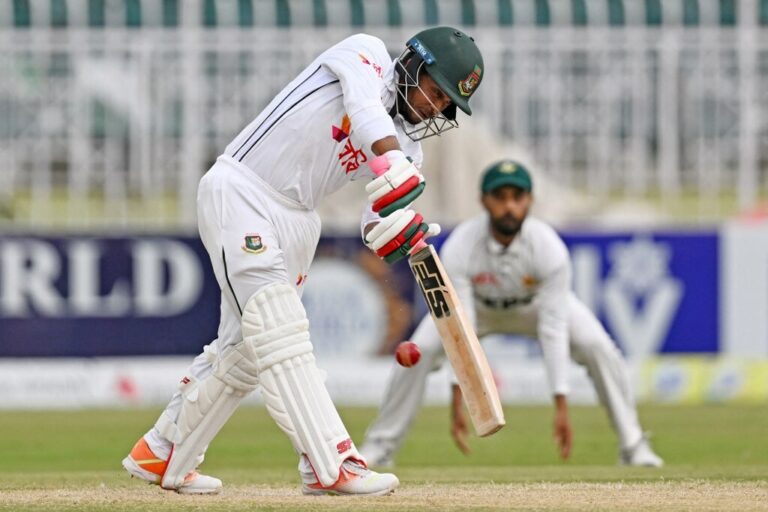The Importance of Safety in Cricket Stadiums
99exch, Gold365: Safety regulations in cricket stadiums play a crucial role in ensuring the well-being of both players and spectators. These regulations encompass a wide range of measures, from structural integrity and emergency evacuation procedures to crowd management and hygiene standards. By adhering to these regulations, stadium authorities can create a safe and secure environment for everyone involved in the game.
The implementation and enforcement of safety regulations in cricket stadiums are typically overseen by governing bodies such as the International Cricket Council (ICC) and national cricket boards. These organizations set out specific guidelines that stadiums must follow to meet minimum safety standards. Failure to comply with these regulations can result in penalties or even the suspension of hosting international matches.
Historical Incidents of Stadium Safety Failures
One of the most tragic incidents in cricket stadium safety history occurred in 1971 at the Victoria Ground in Georgetown, Guyana. During a match between the West Indies and England, a section of the stand collapsed due to overcrowding, resulting in multiple fatalities and injuries. This disaster highlighted the importance of strict capacity limits and proper infrastructure maintenance in cricket stadiums worldwide.
Another notable incident took place in 2009 at the Gaddafi Stadium in Lahore, Pakistan. A suicide bombing outside the stadium just before a match led to chaos and panic among spectators, causing injuries and loss of lives. This horrifying event emphasized the need for stringent security measures and protocols to ensure the safety of both players and fans in cricket stadiums.
Key Elements of a Safe Cricket Stadium
To ensure the safety of spectators and players in cricket stadiums, it is essential to have adequate emergency exits and evacuation procedures in place. Stadiums should be equipped with clearly marked exits that are easily accessible and lead to safe assembly points outside the premises in case of any emergency situation.
Additionally, proper maintenance of facilities such as seating areas, walkways, and bathrooms is crucial to prevent accidents and ensure the overall well-being of individuals attending matches. Regular inspections and upkeep of the stadium infrastructure are necessary to identify and address any potential hazards that could compromise the safety of all those present in the stadium.
What are some common safety regulations in cricket stadiums?
Some common safety regulations in cricket stadiums include proper crowd management, adequate exits and entrances, emergency evacuation plans, and regular maintenance of facilities.
Can you provide examples of historical incidents of stadium safety failures in cricket?
Some historical incidents of stadium safety failures in cricket include the Hillsborough disaster in 1989 and the Eden Gardens stampede in 1996.
What are the key elements of a safe cricket stadium?
The key elements of a safe cricket stadium include well-maintained seating structures, clear signage for exits and emergency procedures, trained staff for crowd control, proper fencing to prevent pitch invasion, and regular safety inspections.







